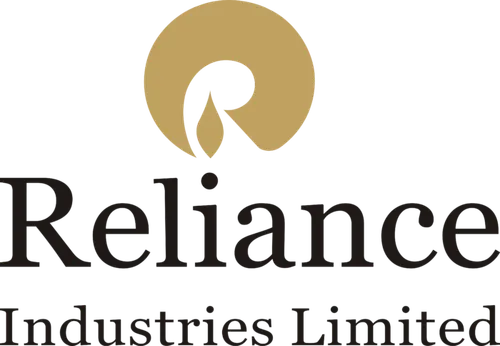The safety and efficacy of medicines are of utmost importance, and the CDSCO (Central Drugs Standard Control Organisation) plays a crucial role in ensuring this through regular monitoring.
As part of its routine regulatory surveillance, the CDSCO publishes a monthly list of Not of Standard Quality (NSQ) and spurious drugs on its portal. In April 2025, the Central Drugs Laboratories identified 60 drug samples as NSQ, while State Drugs Testing Laboratories identified 136 more, totaling 196 drug samples that failed to meet quality standards.
The Identification of drug samples as NSQ is done based on failure of the drug sample in one or the specified quality parameters.
The failure is specific to the drug products of the batch tested by the Government Laboratory, and it does not warrant any concerns about the other drug products available in the market.
In April 2025, a serious issue came to light in Bihar, where one drug sample was found to be spurious.
This means the drug was manufactured without authorisation and was falsely using another company’s brand name. The matter is currently under investigation, and appropriate action will be taken as per the act and rules.
The identification of substandard and spurious medicines is a regular effort, undertaken in collaboration with state regulators.
The goal is to detect and remove these unsafe drugs from the market, protecting public health and ensuring that only quality medicines are available to consumers.
This development highlights the urgent need for strengthened regulatory oversight and public awareness to ensure the safety and efficacy of medicines available to the public.
Anurag Dhole is a seasoned journalist and content writer with a passion for delivering timely, accurate, and engaging stories. With over 8 years of experience in digital media, she covers a wide range of topics—from breaking news and politics to business insights and cultural trends. Jane's writing style blends clarity with depth, aiming to inform and inspire readers in a fast-paced media landscape. When she’s not chasing stories, she’s likely reading investigative features or exploring local cafés for her next writing spot.






